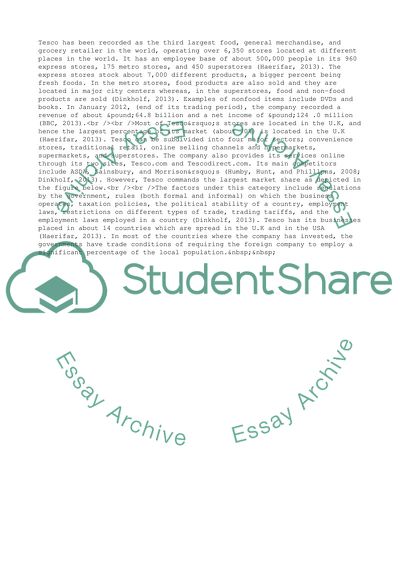Cite this document
(Analysis of Tesco Company Case Study Example | Topics and Well Written Essays - 2000 words, n.d.)
Analysis of Tesco Company Case Study Example | Topics and Well Written Essays - 2000 words. https://studentshare.org/business/1811180-tesco
Analysis of Tesco Company Case Study Example | Topics and Well Written Essays - 2000 words. https://studentshare.org/business/1811180-tesco
(Analysis of Tesco Company Case Study Example | Topics and Well Written Essays - 2000 Words)
Analysis of Tesco Company Case Study Example | Topics and Well Written Essays - 2000 Words. https://studentshare.org/business/1811180-tesco.
Analysis of Tesco Company Case Study Example | Topics and Well Written Essays - 2000 Words. https://studentshare.org/business/1811180-tesco.
“Analysis of Tesco Company Case Study Example | Topics and Well Written Essays - 2000 Words”. https://studentshare.org/business/1811180-tesco.


